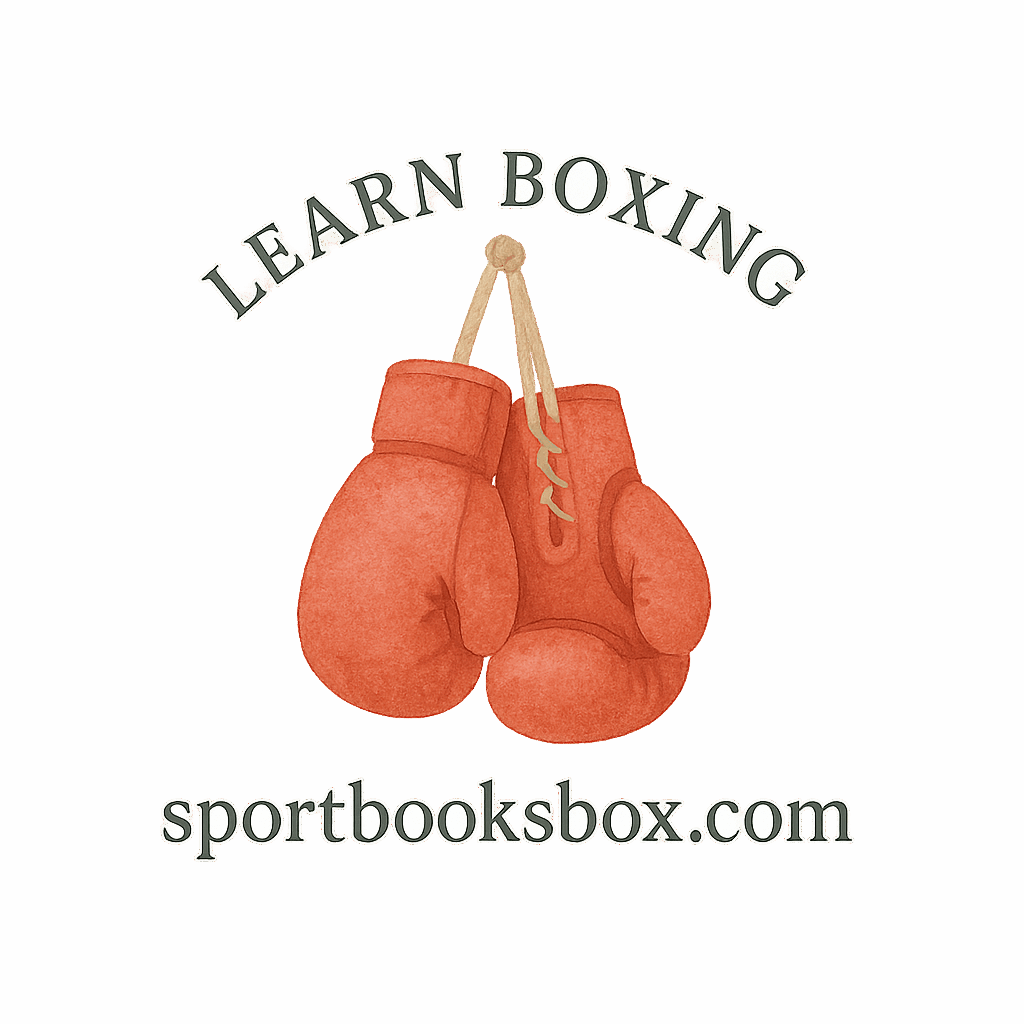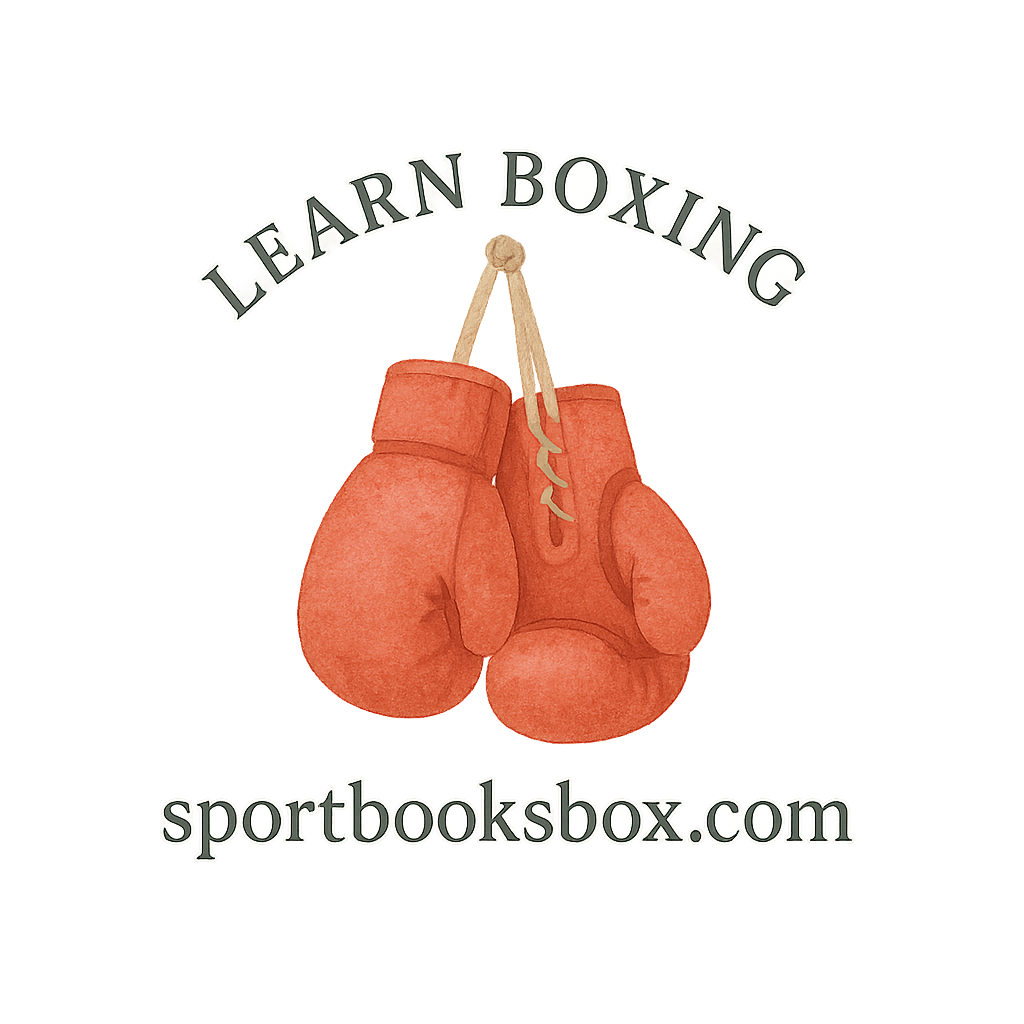Introduction to Beginner Boxing Gear
Starting your boxing journey? Whether you’re eyeing the ring or just trying to boost your fitness, you’ll need the right equipment. Training without the essentials is like fighting without your fists—it just won’t work. Let’s break down the 10 must-have gear items for beginner boxing training that will set you up for success, safety, and steady progress.
Why the Right Gear Matters in Beginner Boxing
Think of your gear as your armor. Without it, you’re unprotected and unprepared. The right gear not only protects you from injury but also boosts confidence and ensures you’re training like a pro from day one. Don’t worry—we’ll make sure your boxing starter kit is bulletproof.
Explore deeper boxing fundamentals on Boxing Basics & Fundamentals and our curated list of Beginner Boxing Tips.
1. Boxing Gloves: Your First Defense
Choosing the Right Pair
Let’s be real—boxing gloves are non-negotiable. Not just for your fists, but for your partner’s safety too. Beginners usually go for 12oz to 16oz gloves depending on weight and purpose.
Recommended Types for Beginners
For general training, go with all-purpose training gloves. If you’re hitting the heavy bag, consider bag gloves instead. Gloves should fit snugly, with room for your hand wraps. Check out Boxing Gear & Equipment for more on glove types.
Also browse our guide on Boxing Gloves for expert tips.
2. Hand Wraps: Protecting Your Foundation
Why They’re Crucial
Hand wraps offer essential support to your wrists, knuckles, and fingers. Punching without them? Risky business.
How to Use Them Correctly
Choose 180-inch wraps (ideal for most hands) and learn how to wrap properly. Don’t know how? No sweat—there are loads of tutorials, and our Beginner Equipment section is a great place to start.
3. Boxing Shoes: Footwork Starts Here
What Makes Boxing Shoes Special?
You’re not just standing in the ring—you’re moving, pivoting, dodging. Regular sneakers don’t cut it.
Must-Have Features for New Boxers
Look for lightweight shoes with ankle support and non-slip soles. Your footwork improves dramatically with the right pair. Learn how footwork boosts progress at Learning Paths & Progress.

4. Headgear: Safety First
Types of Headgear for Training
Even in sparring, you need to protect your head. Headgear cushions blows to reduce injury risk.
Fit and Comfort Tips
Avoid gear that shifts or obstructs vision. Look for adjustable straps and good padding. Our guides on Boxing Confidence and Boxing Mental Health explain how safety improves self-esteem.
5. Mouthguard: Don’t Skip It
What to Look For in a Mouthguard
Think of it like car insurance—you hope you never need it, but when you do, it’s everything. Choose a boil-and-bite version for a custom fit. For added safety, check out our guide on Boxing Mindset & Motivation.
6. Punching Bag: Practice Makes Perfect
Freestanding vs. Hanging Bags
Freestanding bags are more convenient at home. Hanging bags offer more swing and resistance, ideal for realistic movement.
Best for Beginners
Start with a 70-100 lb. bag. Learn the proper form at Training & Workouts and complement it with Boxing Workouts content.
7. Jump Rope: The Ultimate Cardio Tool
Why Every Boxer Uses It
Great for coordination, foot speed, and stamina. Plus, it’s portable.
Choosing a Boxing-Specific Rope
Opt for an adjustable rope with good grip. Weighted ropes can enhance shoulder endurance.
Boost your training with Boxing Cardio insights and workouts.
8. Groin Protector: Overlooked but Essential
Fit, Comfort, and Durability Tips
This one’s self-explanatory. Choose protectors with foam padding and adjustable fit.
Browse our full Boxing Gear section for detailed reviews.
9. Boxing Timer: Stay on Track
Benefits of a Timer During Training
Time management is everything in boxing. A round timer ensures structured workouts—3 minutes work, 1-minute rest. Some even include voice cues.
Timers keep you accountable and improve discipline, key to Boxing Progress.
10. Gym Bag: Keep It All Together
Smart Compartments for Your Gear
Boxing involves a ton of gear. Your gym bag should have ventilated sections, waterproof lining, and compartments for gloves, shoes, and clothes.
Learn how to build a full Boxing Starter Kit here.
Bonus Tips for Building Your Beginner Boxing Starter Kit
- Buy multipurpose items where possible.
- Ask your coach or gym what they recommend.
- Use our full guide on Boxing Steps for Beginners.
How to Buy Gear Without Breaking the Bank
Start small. Prioritize gloves, wraps, and a jump rope. Then gradually add items like shoes and headgear. Check seasonal sales and online stores.
Also check out value-buying advice on Boxing Tips and Fitness Training.
Where to Learn More and Train Right
SportBooksBox is your hub for leveling up. From gear to mindset, training to progress tracking—bookmark SportBooksBox.com and explore resources that match your level and goals.
Conclusion
Your boxing journey starts with the right gear—and attitude. These 10 must-have gear items for beginner boxing training are more than just accessories. They’re your foundation for confidence, safety, and real results. Invest wisely and train like a future champ.
FAQs
1. Do I really need all 10 items to start boxing?
Not immediately. Start with gloves, wraps, and a jump rope. Add more as you progress.
2. What size boxing gloves should I get as a beginner?
Most beginners start with 14oz or 16oz gloves for general training.
3. Can I use regular shoes for boxing?
Not recommended. Boxing shoes offer ankle support and allow better movement.
4. Is hand wrapping difficult for newbies?
Not at all. With a bit of practice and a few YouTube tutorials, you’ll master it.
5. Are freestanding punching bags worth it?
Absolutely, especially if you’re short on space or don’t want to install a hanging bag.
6. Why is a mouthguard necessary if I’m not sparring?
Even during bag or mitt work, accidental hits happen. Better safe than sorry.
7. Where can I learn beginner boxing techniques?
Visit SportBooksBox.com and check out the Beginner Guide and Boxing Basics sections.


